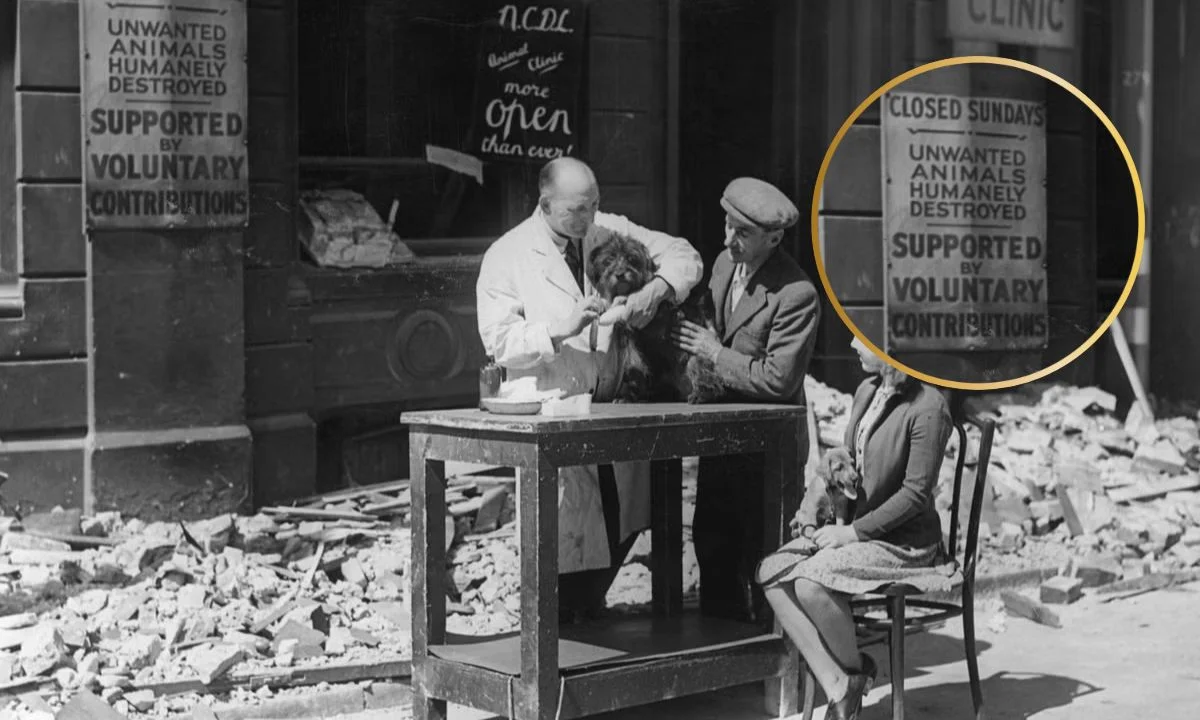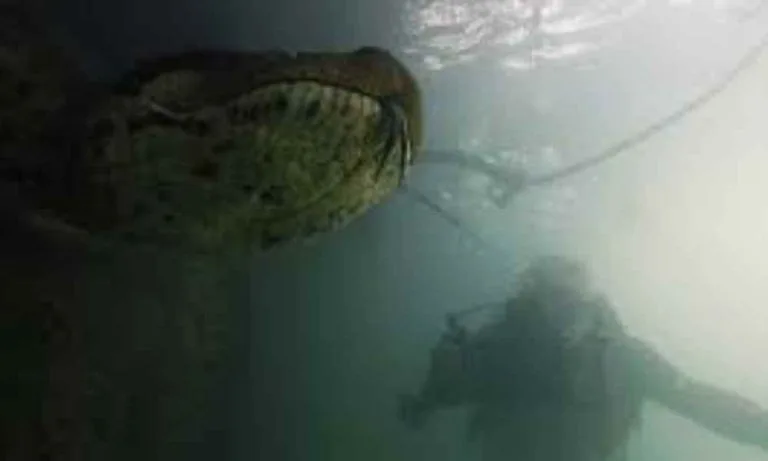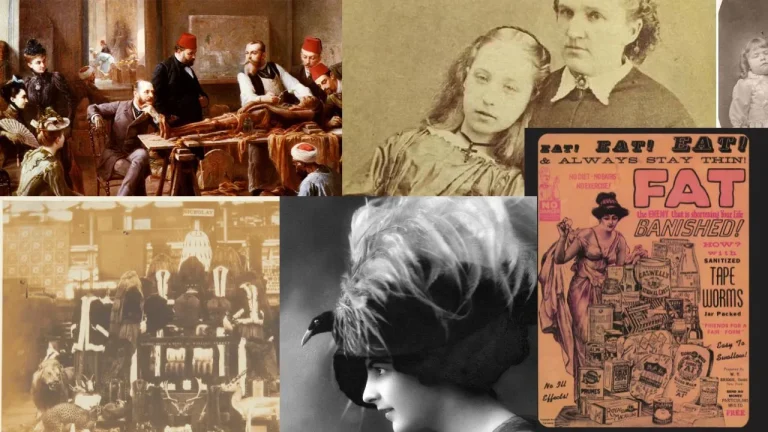The Brutal Killing Of Over 750,000 Pets | “Pet Holocaust” Marked As One Of The Darkest Events!
In the horrifying realities of World War II, a tragic and less-discussed event took place in Britain. It was the “Pet Massacre” or the “Pet Holocaust” that resulted in the killing of over 750,000 pets. In the first week of September 1939, pet owners lined up at the animal shelters to euthanize their pets. But it was not because they were sick!
This tragic event was driven by fear and uncertainty after Prime Minister Neville Chamberlain’s public declaration of war on Germany. Families, fearing and preparing for the food shortage, made the extreme decision to put down their pets. This heart-wrenching choice came from a misunderstood notice and a desire to protect their animals from the horrors of war. Let’s have a closer look at this dark moment in history.
The Beginning of The Tragedy: Trigger Of The Pet Massacre
By the early 20th century, pets in Britain were no longer just animals. They were family members as well. The estimations of the National Air Raid Precautions Animals Committee (NARPAC) showed that England had around six to seven million dogs and cats. There were doubts regarding the availability of food resources for both people and their pets.
The NARPAC issued guidance for pet owners, encouraging them to relocate their pets to the countryside. According to the notice, if the owners were unable to relocate the pets, they must face euthanizing.
The brochure shared among the people read that it would be “kindest to have them destroyed.”
This guidance, however, was unclear and insufficient for the reality soon that came forth. On September 3, 1939, right after the war was announced, pet owners, in a state of panic, rushed to animal clinics. They were driven by a sense of duty to protect their pets from potential starvation and warfare.

The Massacre Unfolds: September 1939
As the war’s reality set in, London saw unprecedented scenes at animal shelters. Long lines of pet owners, desperate and heartbroken, waited for hours to have their pets euthanized. Veterinarians faced an overwhelming amount of euthanasia acts. But they were also struggling with the emotional weight of the task and a shortage of chloroform.
“the work of destroying animals was continued, day and night.”
Report of the Animal World about the Pet Massacre
The animals were perfectly healthy yet were killed. None of them were victims not of a disease but of war and human fear.
Sometime later, another notice was issued. It carried the message, “Those who are staying at home should not have their animals destroyed.” But it was a little too late. Within the first week of the war, over 400,000 animals were put to death.

Aftermath and Reflection
The aftermath of this mass euthanasia was complex. Pets that survived became even more blended into their human families, sharing meals and even scarce resources. Reflecting on the mass killing, historians like Hilda Kean argue that the slaughter was not just the result of an official policy. It was also a tragic outcome of wartime hysteria and a misunderstanding of NARPAC’s guidance.
The debate continues on the morality and necessity of such actions, as society grapples with how it responds to the dual threats of war and resource scarcity.


Conclusion
Today, the British pet massacre stands as a dark reminder of how fear and panic can lead to irreversible decisions. This horrifying chapter in history appeals not just to those interested in World War II. But also to anyone concerned with the ethical treatment of animals and the psychological effects of war on society. It invites us to reflect on our responsibilities to our fellow beings—both human and animal.
Also read,






